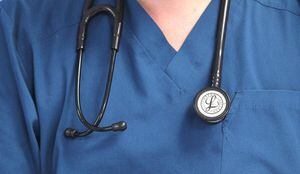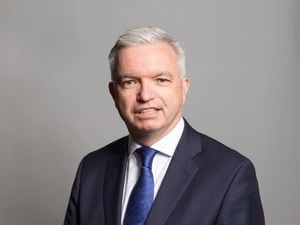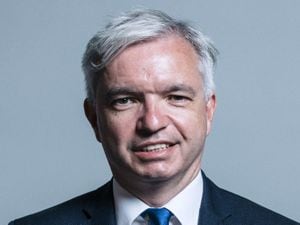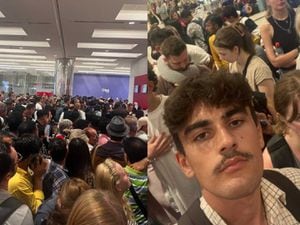NHS to use sickness surveillance data to manage winter demand on hospitals
The data was first gathered in 2012 to try to predict illnesses that could have affected the Olympic Games.

Health bosses will use the latest technology to try to cope with surges in demand on services this winter.
A sickness surveillance system based on data gathered by Public Health England will be used by the NHS to track outbreaks of norovirus and other illnesses around the country.
The findings will allow the NHS to anticipate rises in hospital admissions and produce a planned response; for example, rescheduling planned surgery and freeing up beds for those most in need.
The data was first gathered in 2012 to try to predict illnesses that could have affected the Olympic Games.
This year, that information is being fed back into the system through regional winter operations teams – and combined with weather forecasts – to help manage pressures and anticipate surges.
Professor Keith Willett, NHS England’s medical director for acute care, said: “The impact major outbreaks of these illnesses can have on our hospitals cannot be under-estimated – leading to whole wards having to be closed, with the loss of beds just when we need them most.
“We can look at the trends across all of the PHE health data sources and try to anticipate surges in demand.
“The breadth and variety of surveillance data from PHE gives us vital time to put escalation plans in place, to free up beds and reconfigure wards.
“We can plan how to best provide care to a higher number of patients with a specific illness, and to corral patients who are suffering the same illnesses.
“It also means we can better predict when things will return to normal and plan accordingly.”





